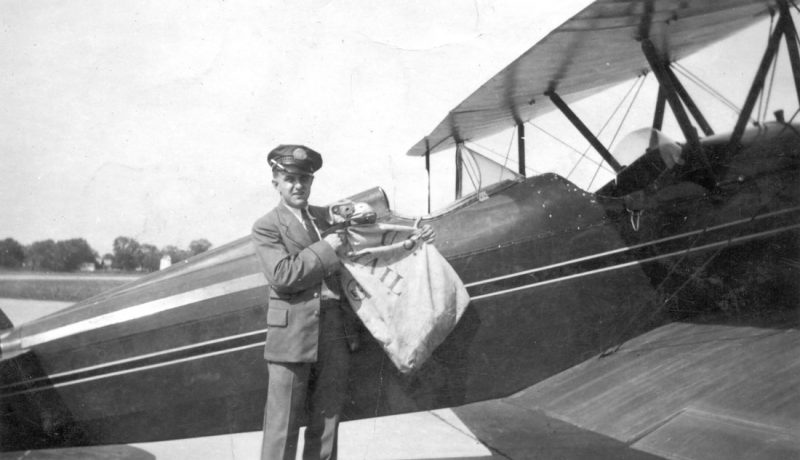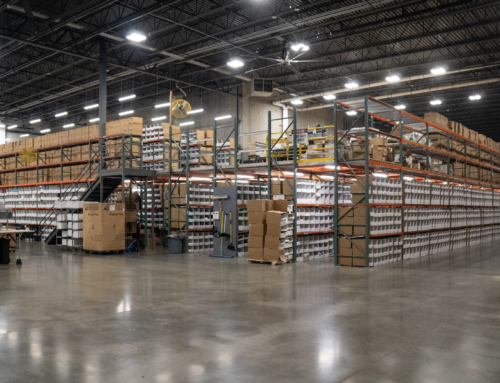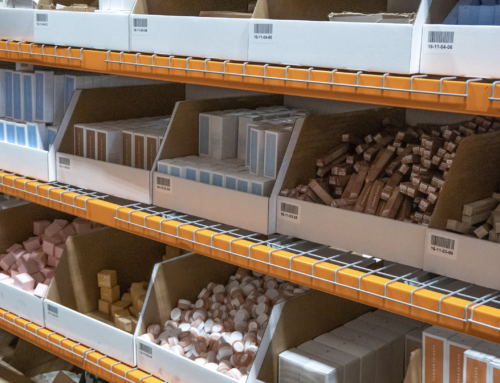Understanding the historical roots of now modernized processes in commerce and the transportation of goods can be eye-opening. The turn of the 20th century brought with it a plethora of transformative innovations that forever altered our lives. Among the notable 19th century inventions of the motion picture, vacuum, and air conditioner was the Airplane and subsequent transportation of airmail.
At Drive Fulfillment, we continually strive to understand and channel that same inventive passion of the past to evolve our day-to-day processes and operations. Now, as an established Utah-based Fulfillment Center capable of shipping more than 16 000 products an hour and with more than 225,000 total square feet dedicated to fulfillment, we celebrate with others, how the mail service forever changed 100 years ago and how its footprints remain in Utah today.
The Origins of Airmail:
Less than a decade after the Wright brothers completed the first flight in history, a bill was proposed for airplanes to assist in transporting mail. With increased lobbying and pressure on Congress to approve funding, the Postal Service first received $50 000 that was intended for steamboat mail carrying services. The Post Office Department formally launched its new “airmail service” in 1918.
In 1920, services began to expand with the first transcontinental flight route. This transcontinental flight linked Omaha, Nebraska with San Francisco, with six stops in between including Salt Lake City. This allowed pilots to expand their services coast-to-coast, cutting the railroad transportation time by 22 hours.
Night Flying Tragedy:
Given the up-to-date introduction of radio and the absence of radar systems at the time, no pilot was authorized to attempt the transcontinental route at night until February 1921, when a push to go even faster was welcomed by a small group of pilots. The 33-hour journey, now taking 6 hours with 100 years of innovation, was a hot topic of discussion, especially among Utahns.
According to aviation records, two planes left an airfield in Long Island while another two left San Francisco at close to the same time. Pilots were stationed in locations in-between, including Salt Lake City, to continue the relay. Unfortunately, only one of the two planes leaving California made it to Utah. William Lewis, the captain of the plane, passed away after his machine went into a tail-spin and crashed to the ground just after takeoff.
In the end, Jack Knight, the relief pilot for the one remaining plane continued through violet winter storms and turbulent weather. By way of a miracle and with much support from locals, he completed a large portion of the 33-hour air journey. While various pilots helped deliver the mail, Knight became “the hero who saved the airmail.” Whether it was Knight’s spirit of persistence or the hundreds of massive concrete arrows that were built through the countryside, flying at night in the 1920s was undoubtedly no easy feat.
A Lesson Learned:
Even though technological advancements would render the physical guiding arrows unnecessary over time, a great number of these huge arrows still exist in Utah today, acting as a token of what a mindset for innovation can help achieve.
At Drive Fulfillment, we value and seek to embody this same spirit and modernized view of customizable innovation. Our Pick, Pack, Ship solutions, Global Shipping and Receiving discounts, Custom Warehouse Management Software, On-Demand Printing, and Custom Packaging all work to efficiently control your supply chain management solutions so that you can focus on the core of your business. For any questions regarding tours, pricing, shipping locations, shipping capabilities, or general inquiries, please contact us today!






